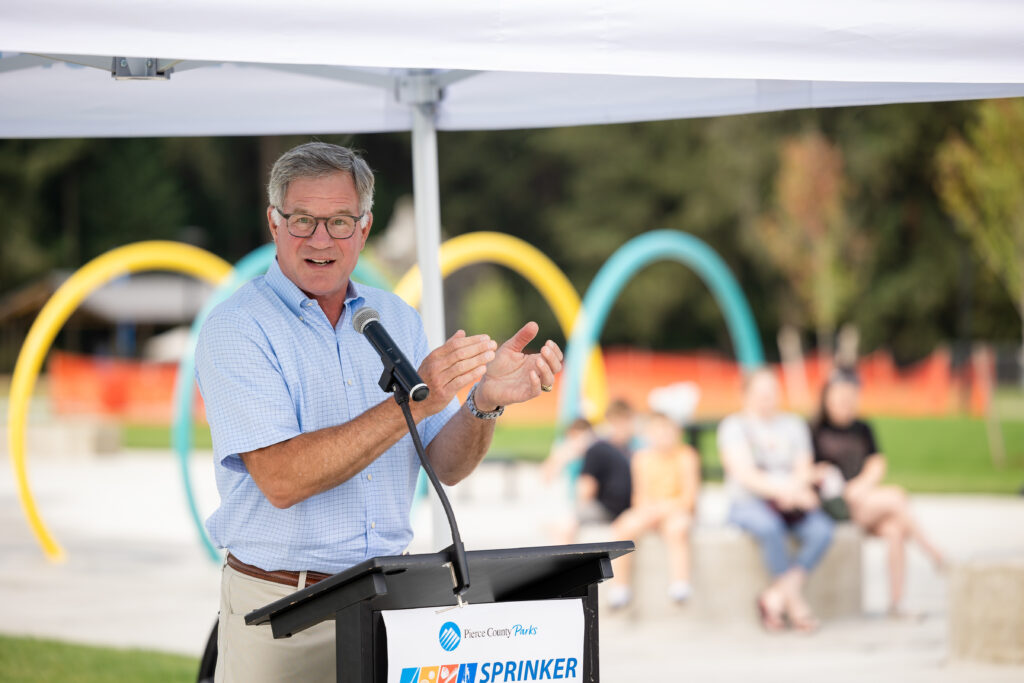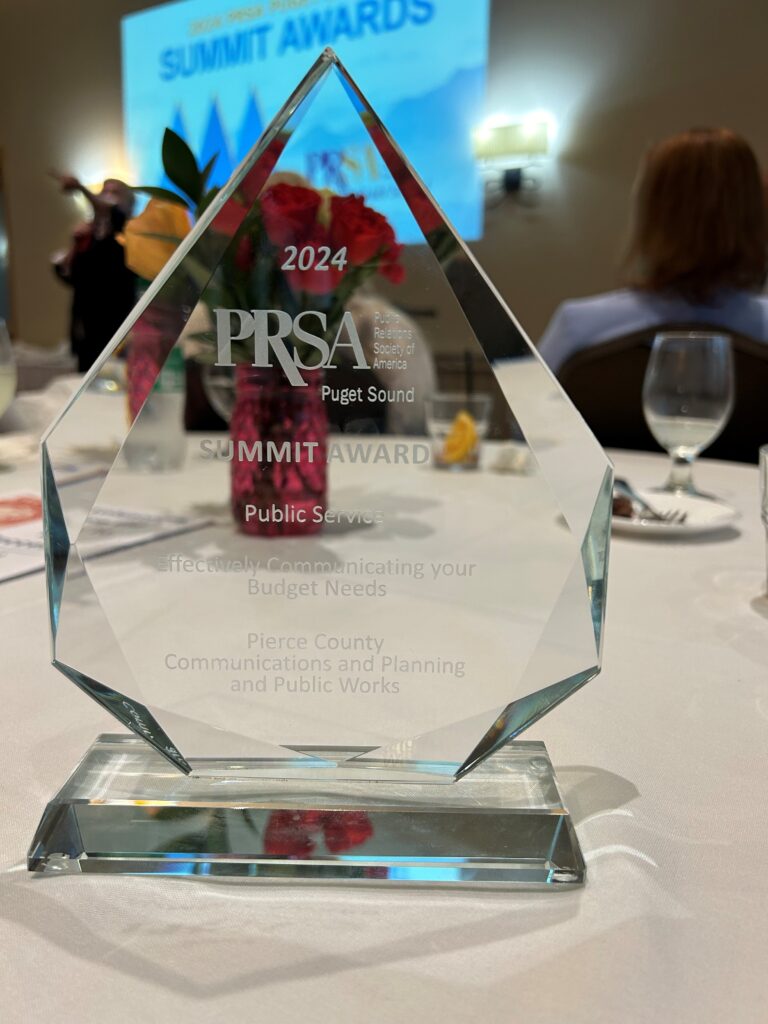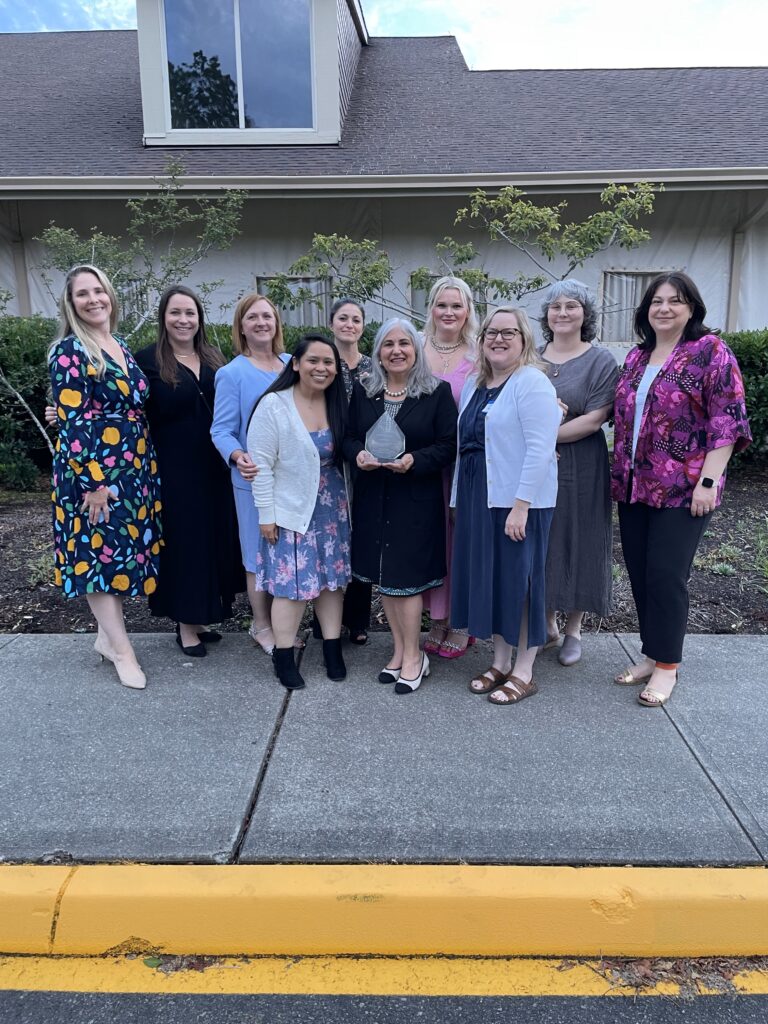
When we think about diversity, equity, and inclusion, we often consider aspects such as a person’s age, race, gender, or veteran status. However, there are many more elements to our lives that make us distinct.
Take neurodiversity, for example. It’s a word that has become more common as we work to understand the different ways we process information and organize our work.
It may not be a common term to you, so I turned to Google to learn more. According to the Cleveland Clinic:
The term “neurodivergent” describes people whose brain differences affect how their brain works. That means they have different strengths and challenges from people whose brains don’t have those differences. The possible differences include medical disorders, learning disabilities and other conditions. The possible strengths include better memory, being able to mentally picture three-dimensional (3D) objects easily, the ability to solve complex mathematical calculations in their head, and many more.
To learn more about what it’s like to be neurodivergent at the County, we asked two of our employees to talk about it and they graciously agreed.
My sincere thanks to Melissa and Tara for their willingness to share their experiences with us. And I appreciate Vicki’s work to ensure appropriate accommodations are provided for them and others.
I work very closely with Melissa and rely on her advice and perspective extensively – and interact with Tara regularly, too. So, hearing their stories was especially powerful and challenged me personally. I also thought about several of my good friends who are neurodiverse and can do some things much better than I do. In many situations, our “strengths” offset each other’s “weaknesses.”
Finally, I thought back to the movie “The Speed Cubers” that I mentioned in my July 25 blog – I could never even be a “Slow Cuber.” And then watching Simone Biles’ exceptional performance in the Olympics – how does she keep track of where her body is in all those complex spins and flips?? They are tremendous examples of how the human brain works very differently in different people.
Before I close, I want to share a few highlights from recent days.
One of the most fun things in my job is ribbon cuttings. I love celebrating the work of our construction and planning teams, as we turn their investment over to the people who will use it!

Last Saturday’s “debut” of the first phase of our reinvestment in the Sprinker Recreation Center was no exception. The weather was great, and families and kids turned out in large numbers to check out the new features, including a spray park!

Congratulations to the Parks team for enhancing this beloved regional place to play.
Lastly, cheers to the team from Communications and Planning & Public Works for their awesome award from the Public Relations Society of America.

The project group, led by Erin Babbo, won the top prize for their work to make the biennial budget process more transparent and meaningful – no mean feat!

It looks like we’ve come to that time of the year when we need to find our umbrellas and keep them at the ready. But I know we still have some sunny days ahead and Fair scones are right around the corner!
Thanks for reading,

Bruce
